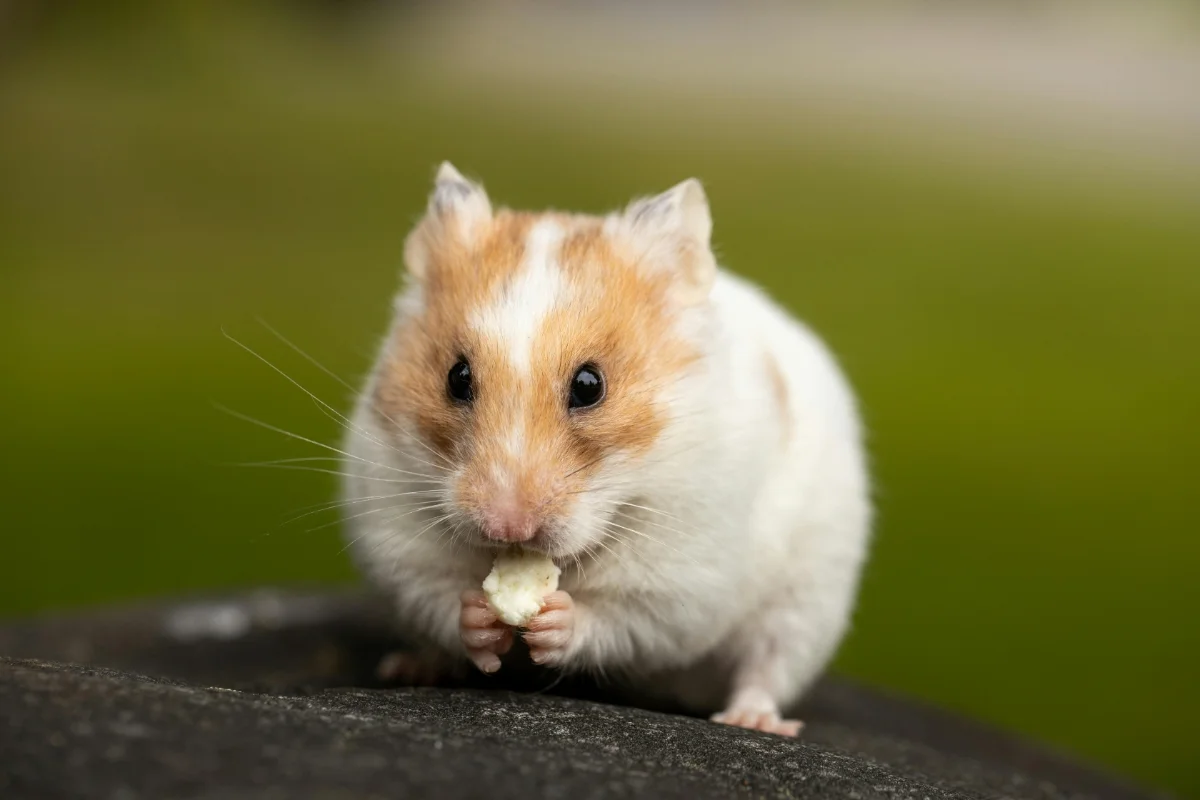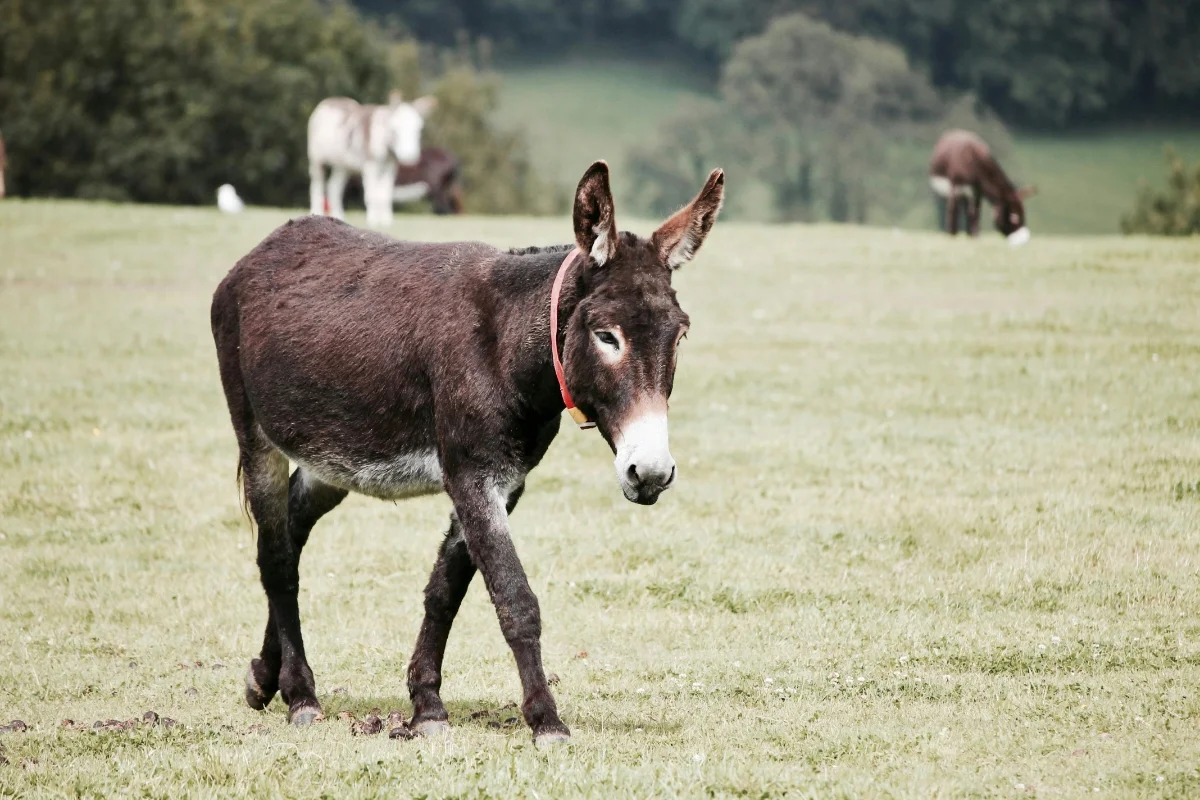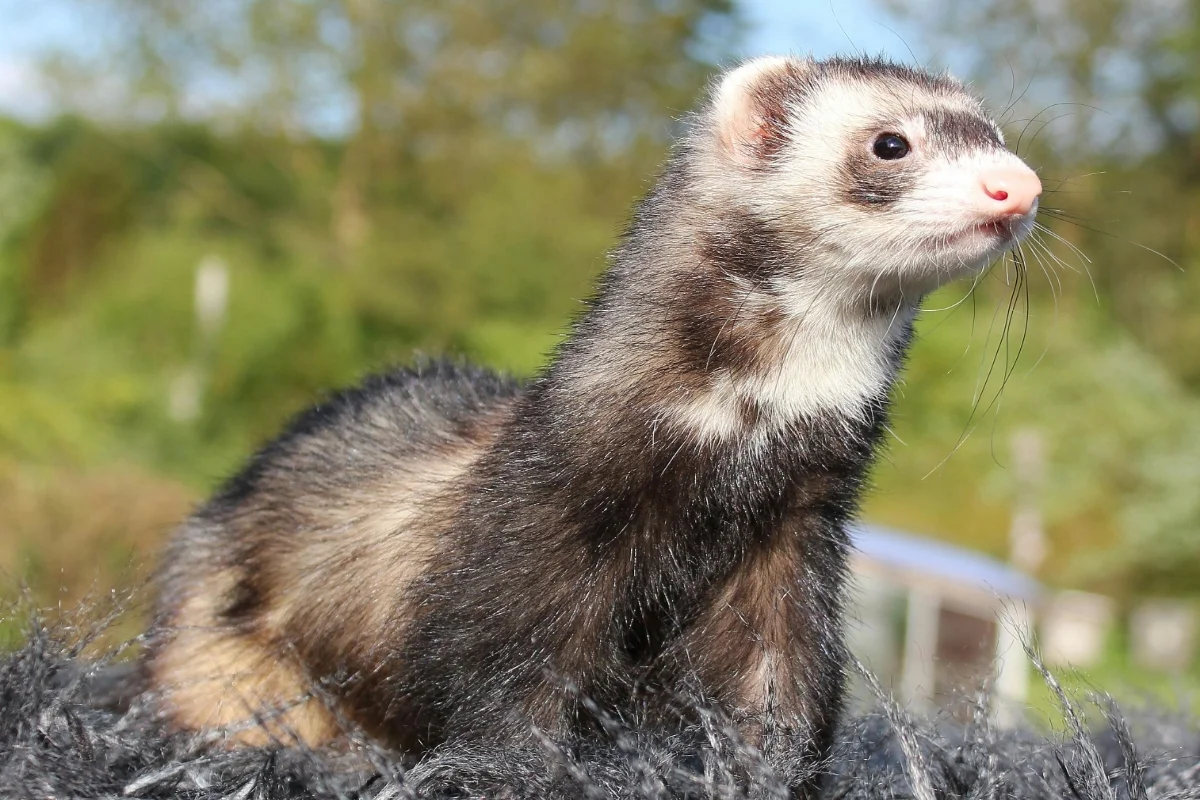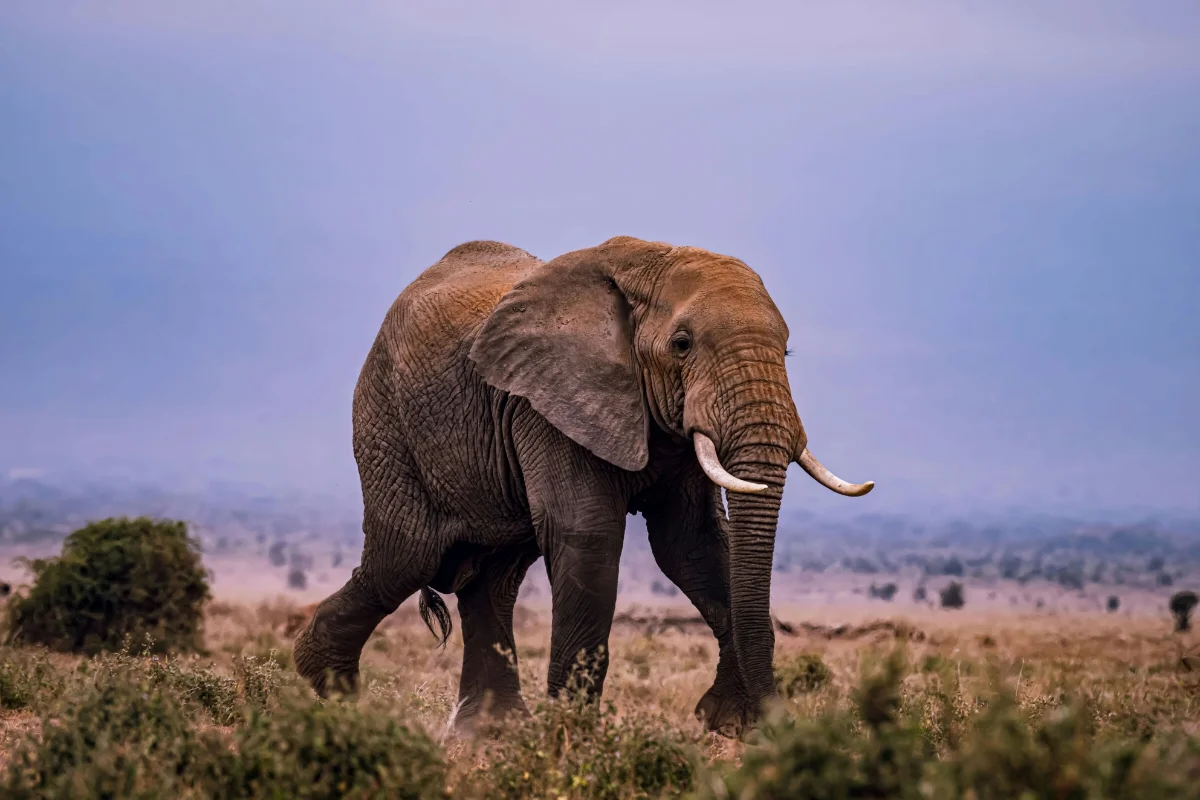
Hamster
Hamster is a small, nocturnal rodent known for storing food in its cheeks. This article provides information about Hamster.
By
Published:
A hamster is a small, furry rodent known for its round body, short tail, and large cheek pouches used to store food. Hamsters are popular pets because they are cute, easy to care for, and active, especially at night since they are nocturnal animals.
Family: Cricetidae
Class: Mammalia
Genus: Mesocricetus
Conservation status: Least Concern
Mass: 100–150 g (0.2–0.3 lbs)
Scientific name: Mesocricetus auratus
Eaten By: Owls, snakes, foxes, wild cats
Hamster Facts Overview
| Height | 5–7 cm |
| Length | 13–18 cm |
| Weight | 100–150 g |
| Speed | 10 km/h |
| Food | Seeds, fruits, insects |
| Color | Brown, white, golden |
| Location | Asia, Europe, worldwide pets |
| Predators | Owls, snakes, foxes |
| Lifespan | 2–3 years |
| Habitat | Deserts, grasslands, cages |
| Gestation Period | 16–22 days |
Characteristics
Hamsters are small, round-bodied rodents with short legs, stubby tails, and large cheek pouches for storing food. Their soft fur comes in many colors, including brown, golden, white, and black. They have sharp teeth and are mainly nocturnal creatures.
Lifespan
Hamsters have a short lifespan, typically living 2 to 3 years depending on their breed and care. Proper diet, a clean cage, and gentle handling can extend their life, while stress and poor hygiene can shorten it.
Predators
In the wild, hamsters face predators like owls, snakes, foxes, and wild cats. Their small size makes them vulnerable, so they rely on burrowing underground and being active at night to stay safe from enemies.
Habitat
Hamsters live in dry, open areas such as deserts, grasslands, and farmlands. They dig deep burrows to stay cool during the day and store food. As pets, they live in cages with bedding, tunnels, and exercise wheels.
Diet
Hamsters are omnivores, mainly eating seeds, grains, fruits, and vegetables. In the wild, they may also eat insects for protein. They use their cheek pouches to carry food back to their burrows or cages for later consumption.
Behavior
Hamsters are solitary and territorial animals that prefer living alone. They are nocturnal, spending most of the night running, digging, or hoarding food. Pet hamsters enjoy exploring and need toys or wheels to stay active and healthy.
Reproduction
Female hamsters have a short gestation period of about 16 to 22 days. They can give birth to 4–12 pups at a time. The mother nurses her young for two to three weeks before they become independent.
Science Writer & Wildlife Expert.
Get to know more about the Hamster
Read More: 10 Fascinating Animal Adaptations That Will Amaze You



